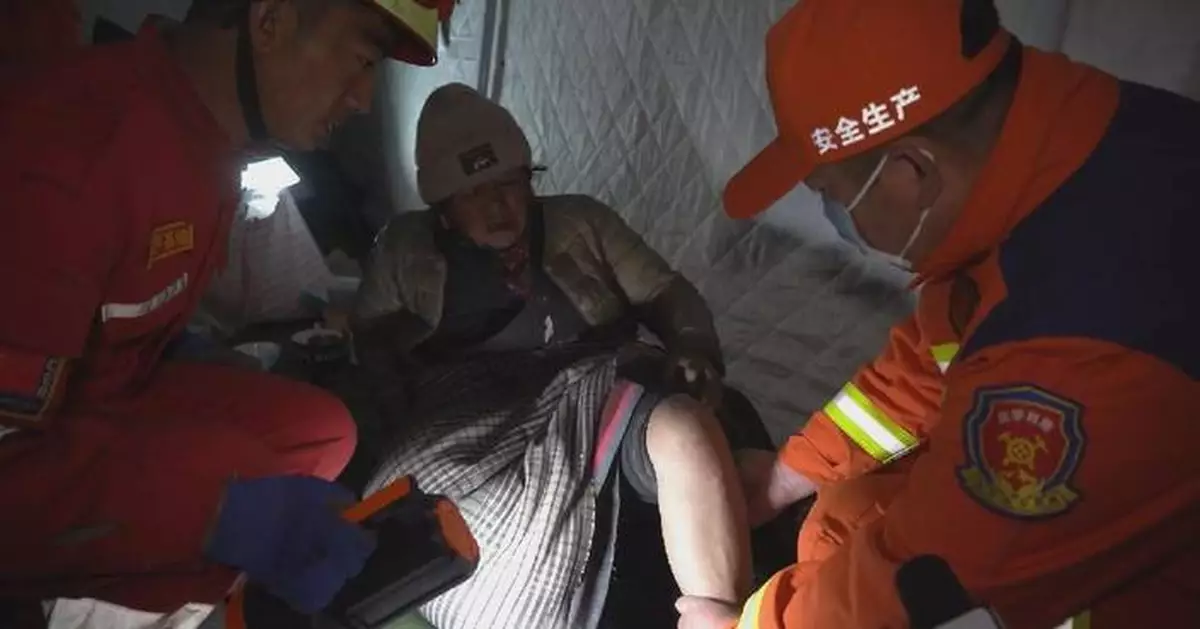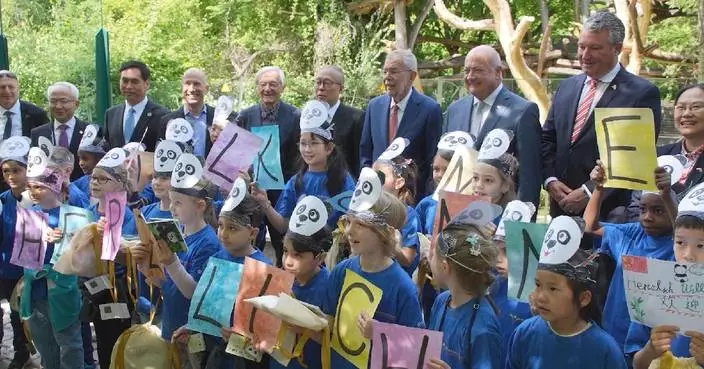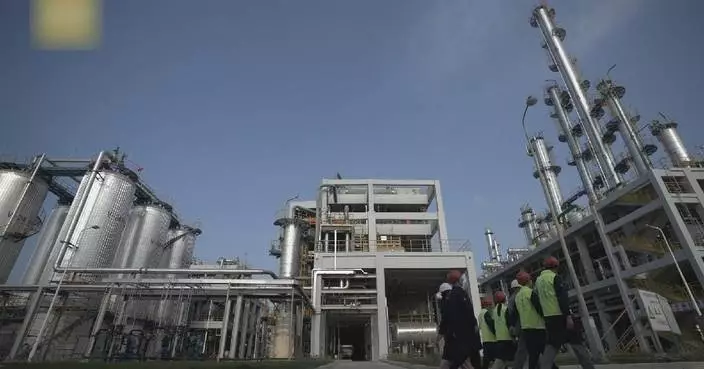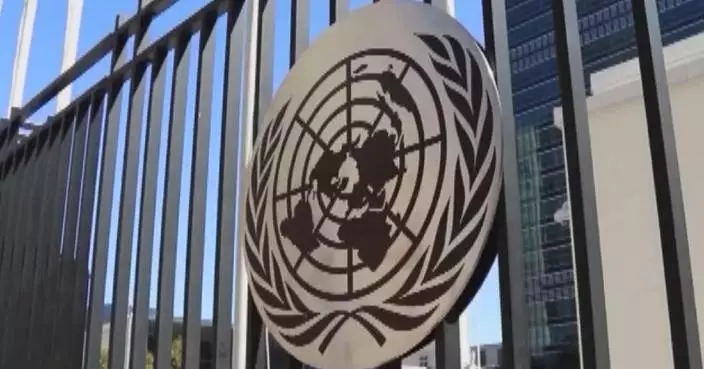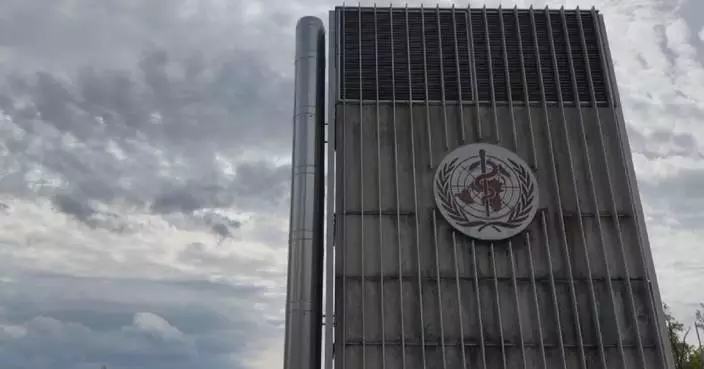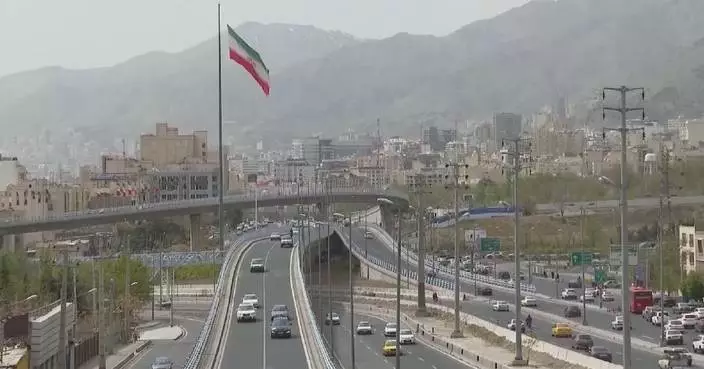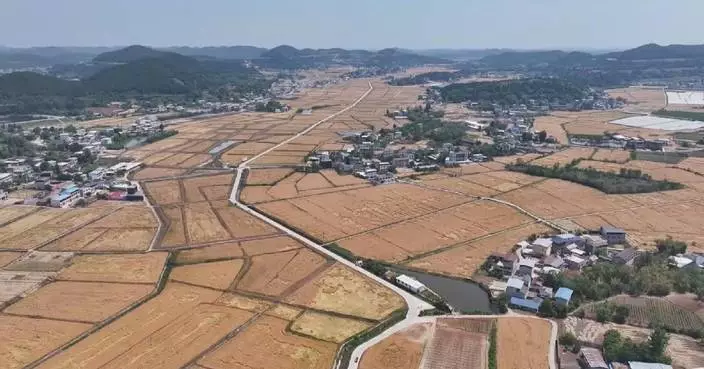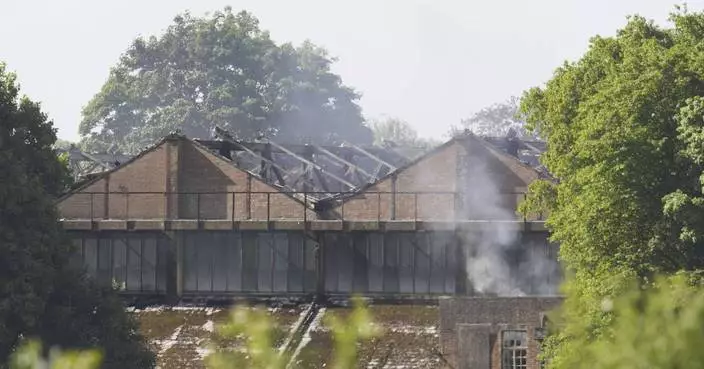Emergency medical aid continued Wednesday night in quake-hit Dingri County, southwest China's Xizang Autonomous Region, to assess victims' health and provide assistance after a powerful earthquake on Tuesday morning.
A 6.8-magnitude earthquake jolted Dingri County in Xigaze City at 9:05 on Tuesday, causing at least 126 deaths and injuring 188 others.
At a relocation site in Changsuo Township, Dingri County, where 329 affected people have been settled, members of the national medical emergency response teams visited each household to check on their conditions and provide targeted medical treatment.
Since most of the affected people speak Tibetan and do not understand Mandarin, local rescuers also acted as interpreters to help the medical team better communicate with those in need of help. "Our rescue work faces many challenges because of language barriers and the lack of knowledge of the habits and customs of the local ethnic group. Therefore, I hope there are local comrades familiar with these can give us some support," said Zhu Wei, a team head.
During their nighttime visits, medical rescuers not only provided physical help but also offered emotional support to earthquake victims who were still suffering from the shock of the disaster.
"Everything will be fine, don't worry. Please contact us anytime you need help. Our medical post is in the resettlement area. If you need help, come to us anytime, and we'll also come back for more visits," Zhu said to a 77-year-old villager.
In addition to medical workers, all parties involved in the relief effort, such as the police and supply transporters, have been working tirelessly late into the night with such dedication that made the chilly winter feel warmer.

Medical aid for quake victims in Xizang continues late into night
Bishan District in southwest China’s Chongqing Municipality is setting a new benchmark in urban drainage through its innovative "sponge city" model.
Bishan District was selected in February 2017 as a pilot for climate adaptation, and has developed itself into a sponge city.
By utilizing permeable bricks, the ground is enabled to absorb water more effectively, enhancing natural infiltration. In addition, rain gardens function as natural reservoirs, while school rooftops have been transformed into verdant green spaces.
Overall, this innovative approach not only helps mitigate urban flooding, but also contributes to improving the local microclimate -- an exemplary model of ecological urban development.
"What is a 'sponge city'? It's an urban development concept that treats the city like a giant sponge -- absorbing water when it rains and releasing it when needed. The system is highly flexible," said Tang Chuandong, a planning designer of the Western Branch of the China Academy of Urban Planning and Design.
Over the recent years, Bishan District has developed mini sponge systems.
"Solid buildings and hard ground aren't very adaptable when it comes to climate change. For that reason, we incorporated sunken areas into industrial park designs to create rain gardens -- mini ecological sponge systems," Tang said.
When it rains, water is collected in these gardens and is filtered through vegetation, soil and sand layers before being stored in underground tanks. Multiple small sponge systems beneath large buildings help disperse, manage and store rainwater more effectively. Additionally, Bishan District's sponge city initiative has made the ground more permeable.
"We've laid permeable bricks with a certain porosity. This allows rainwater to seep into the ground, thereby reducing surface water buildup," said Tang.
Tang also highlighted the ecological benefits of transforming school rooftops into lush green spaces.
"Typical rooftops are just bare concrete. But when building a sponge city, like here at the school, aside from the greenery around us, we also green the rooftop. The area most exposed to sunlight is our rooftop, right? We turned the roof into a green sponge system by laying down soil, scattering seeds, and growing grass. It's like giving the rooftop a 'green jacket'. Doesn't it feel cooler?" he said.
"Don't underestimate the small green roof. As the Chinese saying goes, 'No good deed is too small to be done.' One roof may have limited impact, but if many buildings, or an entire city, adopt green roofs, the effect on urban climate regulation could be extremely substantial," said Tang.
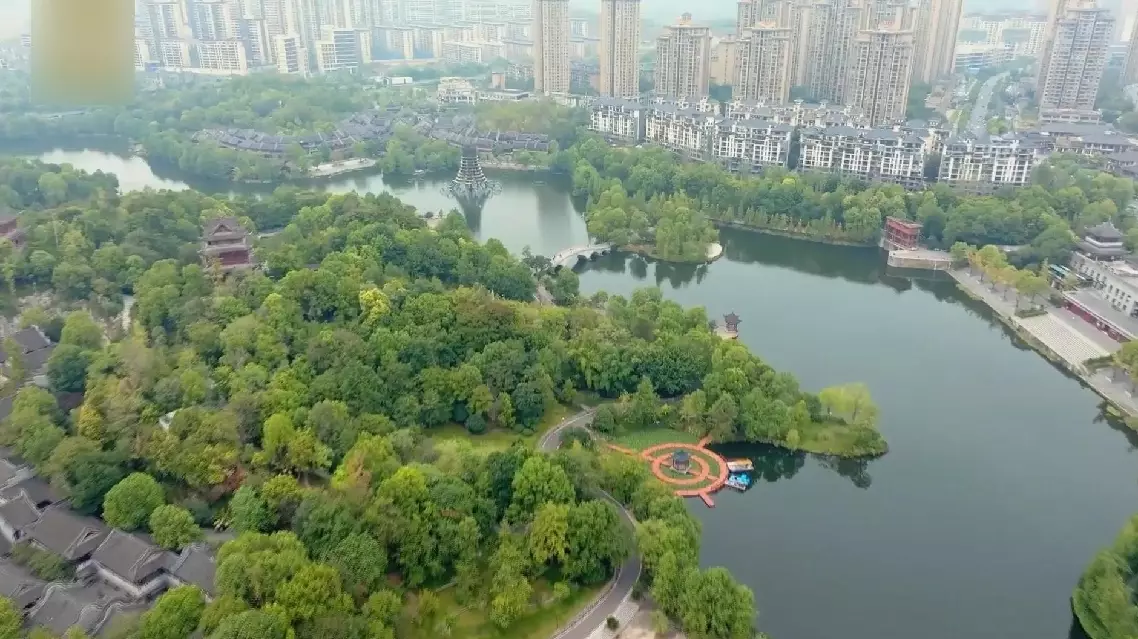
China's Chongqing innovates urban drainage with "sponge city" model



